Optimal Timing for Garden Light Repairs
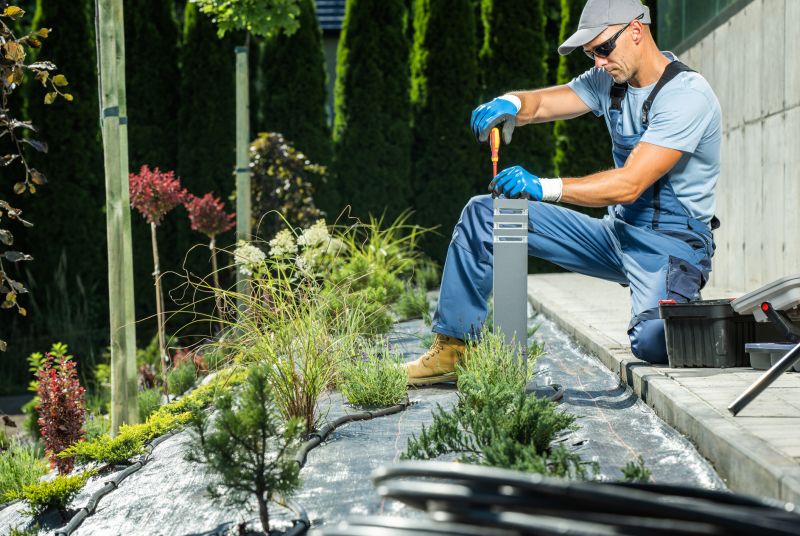
Performing repairs during the evening ensures minimal disruption and allows for testing lighting functionality.
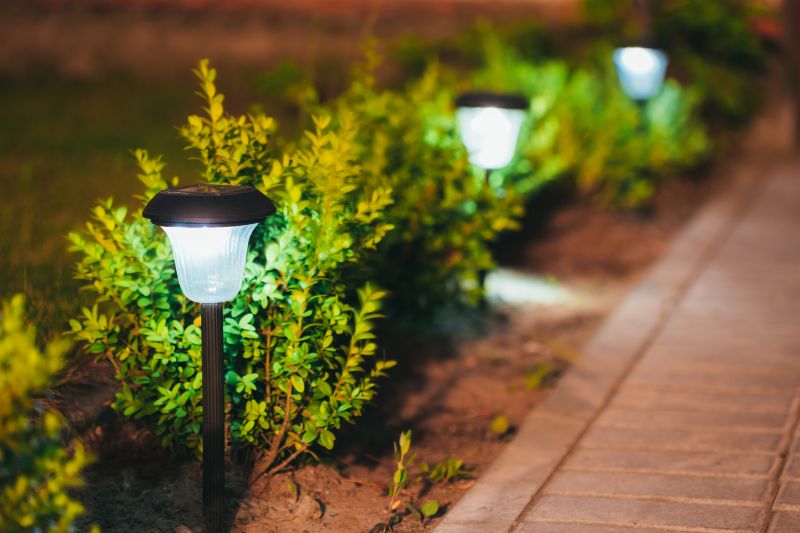
Spring offers optimal conditions for repairs before the peak outdoor lighting season begins.
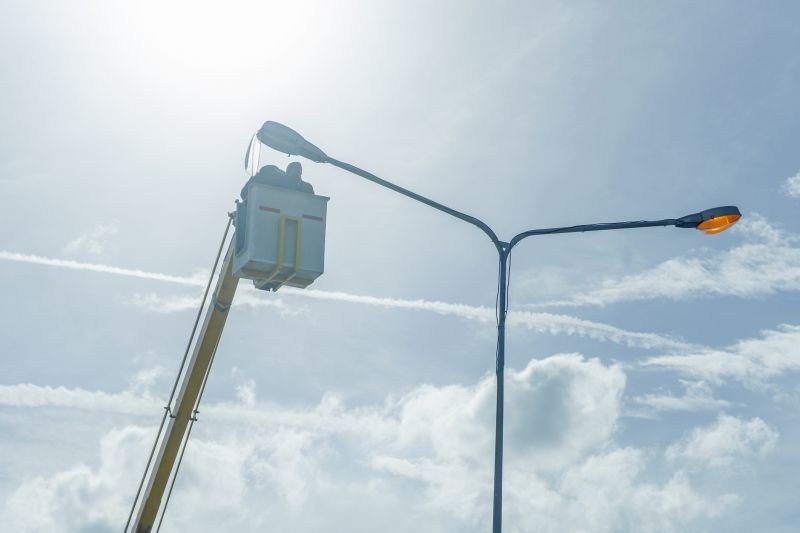
Late fall and winter are ideal for repairs due to lower outdoor activity and milder weather.
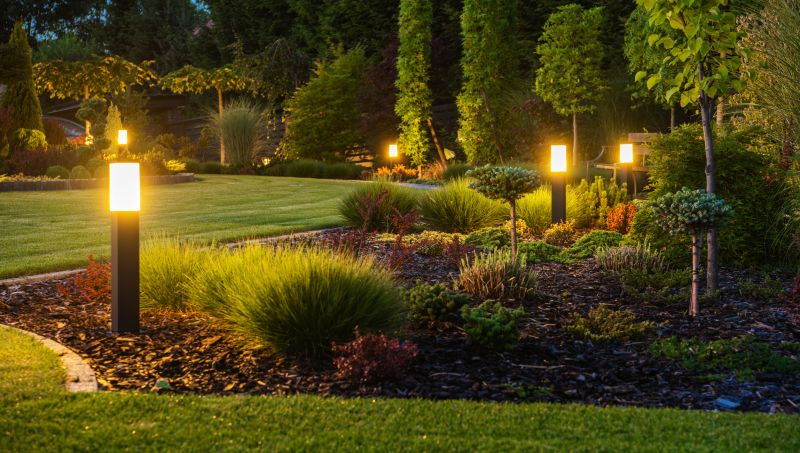
Ways to make Garden Lights Repairs work in tight or awkward layouts.

Popular materials for Garden Lights Repairs and why they hold up over time.
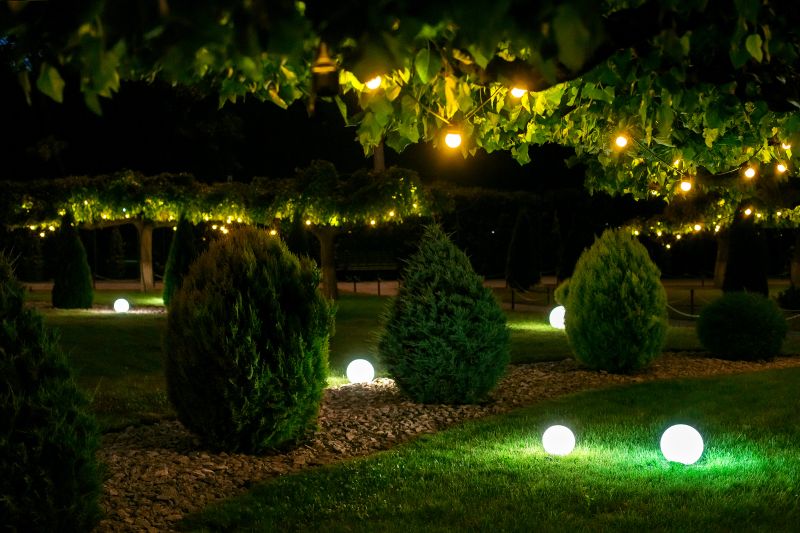
Simple add-ons that improve Garden Lights Repairs without blowing the budget.

High-end options that actually feel worth it for Garden Lights Repairs.
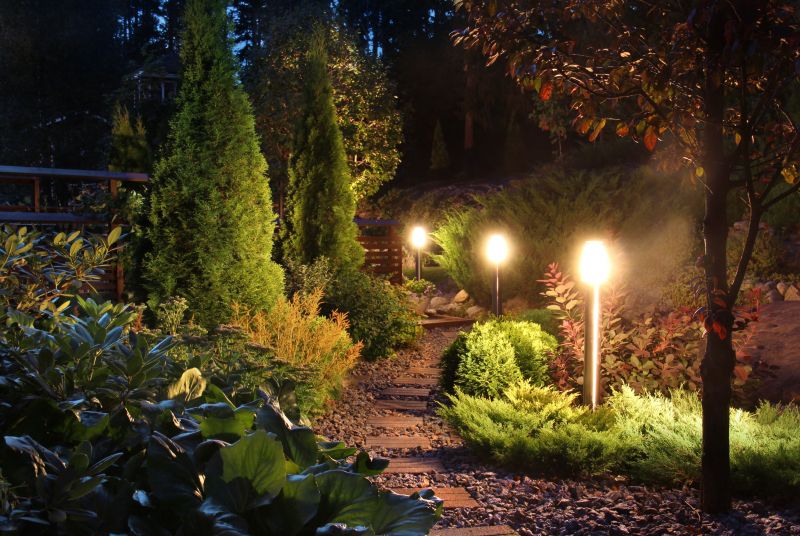
Finishes and colors that play nicely with Garden Lights Repairs.
Garden lights repairs are essential for maintaining safety, enhancing aesthetics, and ensuring outdoor lighting systems operate efficiently. Proper timing can reduce inconvenience and improve repair outcomes. The best time to perform repairs depends on seasonal weather, outdoor activity levels, and lighting usage patterns.
Spring and fall often provide the most suitable weather conditions for outdoor lighting repairs.
Avoid repairs during heavy rain, snow, or extreme cold to prevent damage and ensure safety.
Schedule repairs during periods of low outdoor lighting use to minimize disturbance.
Regular inspections can identify issues early, reducing the need for extensive repairs during peak seasons.
| Season | Ideal Repair Timing |
|---|---|
| Spring | Early spring before peak outdoor activity |
| Summer | Late summer, early fall |
| Fall | Early fall for preparation |
| Winter | Late winter, avoiding harsh weather |
| Off-season | Late fall and winter |
Proper timing for garden lights repairs can extend the lifespan of lighting fixtures and reduce long-term costs. Seasonal adjustments and weather considerations are crucial for effective maintenance. Regular inspections and timely repairs ensure outdoor lighting remains functional and visually appealing.
